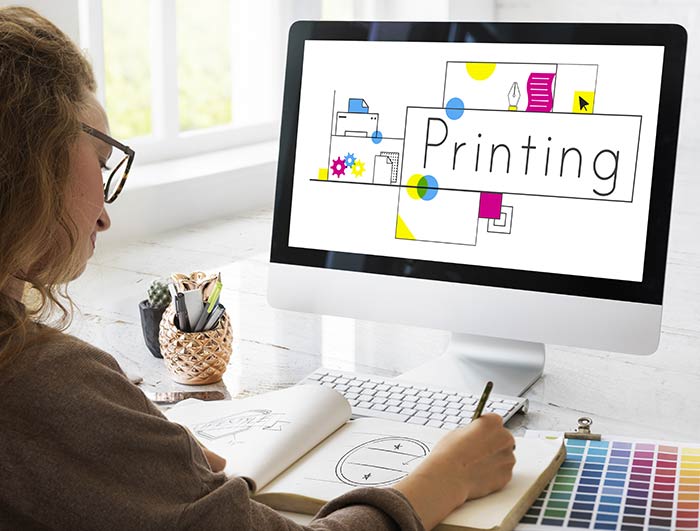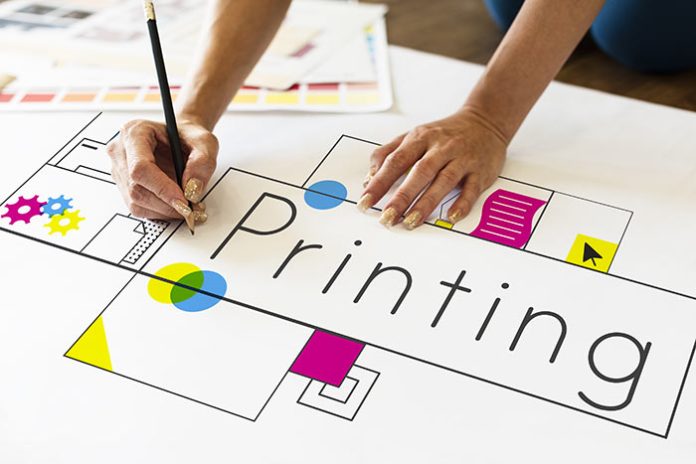The emergence of digitization and the growing demand for print on demand has transformed the print finishing industry, raising doubts about the future of print industry. New technologies, innovative techniques and advanced machinery are providing an array of possibilities concerning the look, feel, and functionality of printed products.
3 Advancements Revolutionizing the Printing Industry

This article will explore the evolution of print finishing and how these advancements are revolutionizing the print industry. From the traditional methods to the latest advancements in technology, we will delve deeply into the world of print finishing and reveal the latest trends and developments that are shaping the future of publications. Join us as we unpick this fascinating trend transforming how we produce printed publications.
1. Exploring Bookletmaker Technology: A Leap in Print Efficiency
One technology that is making a remarkable impact in the print industry is the Bookletmaker. The efficiency of manual booklet-making processes is limited by the amount of time and labour required to hand-fold and gather pages together. On the other hand, traditional booklet-making machines are slow and inconvenient and do not provide the level of customization required to meet modern print demands. These challenges have necessitated the development of automated Bookletmaker technology, which provides a fast, efficient and automated way of producing a range of booklets.
With bookletmaker technology, printers can produce a diverse range of booklets with different formats and sizes quickly and efficiently. The machines can integrate a variety of finishing options, like stapling, folding, creasing, and trimming. The accuracy and precision of booklet maker technology are unmatched, and the level of customisation it provides has catapulted the print efficiency of the industry. Additionally, these machines reduce paper wastage, saving costs and promoting optimal resource utilisation. The evolution of the booklet maker technology has been revolutionary for the print industry, and it is expected to continue to transform the print finishing industry in the coming years.
2. The Impact of Modern Technology on Publication Production
Modern technology has had a significant impact on publication production. With the emergence of digitization and print-on-demand services, traditional print-finishing methods have become outdated, and new advancements have transformed the industry in ways that were never before possible. The availability of new technologies and innovative techniques has opened up a whole range of possibilities with respect to the look, feel, and functionality of printed products.
Innovations such as computerized typesetting, digital printing, and finishing techniques like die-cutting and foil stamping have revolutionized publication production. These advancements have enabled publishers to create high-quality printed materials more efficiently and at a lower cost, resulting in increased accessibility to print materials for consumers. Additionally, the ability to customize print materials has expanded significantly, allowing for personalized printing with unique images, text, and formats. These advancements have also enabled on-demand printing, allowing publishers to print small batches of publications at a time, reducing waste and making production more cost-effective.
Overall, the impact of modern technology on publication production has been nothing short of transformative. It has enabled publishers to create high-quality printed materials with greater efficiency, customization, and accessibility than ever before. As we continue to witness advancements in print finishing technology, the possibilities for the future of publication production are endless.
3. The Future of Book Production: Automation and Precision
As technological advancements continue to reshape the print industry, it is becoming increasingly clear that automation and precision are the future of book production. These developments are transforming the way books are produced, making the process more efficient, cost-effective and streamlined. Automation allows for high speed and accuracy in printing, binding and finishing processes, while precision ensures that products are consistent, reliable and of the highest quality.
Another key advantage of automation and precision is that they enable on-demand book production. This means that books can be printed quickly, efficiently and cost-effectively in smaller quantities, as and when they are needed. This revolution has brought about a paradigm shift in the print industry, with publishers and book manufacturers increasingly embracing these new technologies to stay ahead of the curve.
Also Read: Best Personal Finance Books
Conclusion
In summary, the future of book production lies in automation and precision, which promise to make book printing faster, cheaper and more reliable. These developments are exciting for anyone who loves books and wants to see them produced more sustainably, efficiently and innovatively.





